Make International Shipping Easy by Avoiding the Top 7 Mistakes
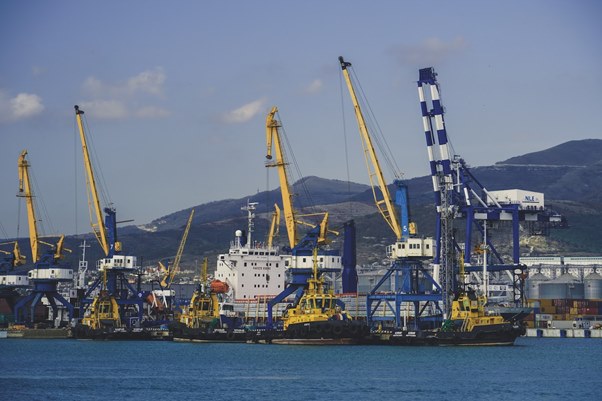
E-commerce is an integral element of the global supply chain. It has opened avenues for wholesale and retail consumers to purchase goods beyond their countries’ borders.
Moreover, one government report highlights that Canada’s free trade agreements with 51 countries give Canadian Vendors access to over 1.5 billion consumers worldwide. Consequently, local couriers and freight solutions companies in Canada are transitioning to international shipping to grow their business by leveraging the untapped international retail customer base.
However, offering international shipping solutions is a whole different game plan. Oversights in transitioning from local to international shipping and fulfillment solutions can lead to mistakes likely to waive consumer trust in your brand.
So, how do you avoid shipping mistakes? Keep reading to identify seven common mistakes new international shipping companies make and how to avoid them.
1. Inadequate Knowledge Of Import Regulations In The Destination Country
Loading your international-bound cargo onto a freight vessel is only the first half of an international shipping transaction, the easy half. The second and most challenging bit of international shipping is getting the shipment to your final customer without incurring non-compliance issues at the destination country’s entry point. Therefore, up-to-date knowledge of import requirements in your target destination is crucial.
Custom authorities regulate import goods entry into their country. However, each country has unique custom requirements, including fees, documentation, and regulated/restricted goods.
Failure to comply with the customs requirements may cause customs officers to deny your shipment entry into the country, confiscate it, or charge you hefty penalties. All these inconveniences cause delays that erode your consumer’s trust in your business. However, you can avoid such shipping blunders by researching import regulations for your product beforehand. Import regulation primarily covers the following:
Documentation
Primary documents for successful international shipping services include:
- Goods declaration showing what is in each package and its value
- Bill of lading highlighting the route and mode of transport
- Certificate of origin
- Packing list (the details required on a packing list vary across different countries)
- Shipping insurance certificate
- Waybill
- Material safety data sheet(s) proving that the product(s) you are ferrying is not dangerous.
The document requirements vary across customs authorities.
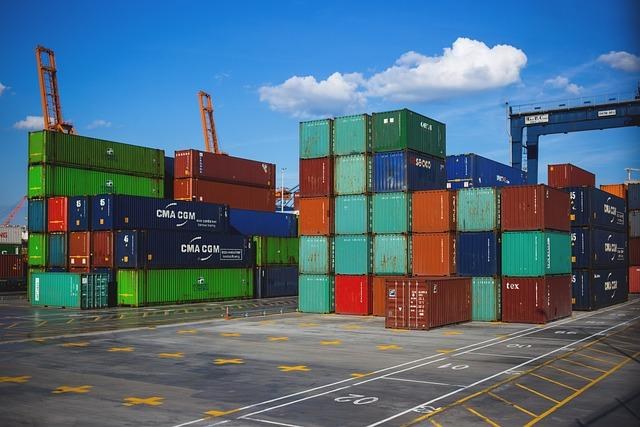
Taxes and Duties
Consider applicable levies like VAT, goods and service tax charges, and customs duties. The levies vary depending on the goods’ value, category, and the destination country’s trade agreement with Canada.
While some countries have a straightforward customs process, others have confusing yet stringent processes and expensive levies. Moreover, vices like a corruption culture in some countries complicate the process further.
Contraband and Regulated Goods
Also, consider the destination country’s list of restricted and contraband goods because some are surprising. For example, Singapore bans chewing gum imports, while Mexico, India, and South Africa ban importing matching shoes. Regulated goods may require special licenses and permits.
Although you can look up custom requirements on official government websites, some requirements may be dated, and there are always nuances not included in official documents. Therefore, consider consulting experts like international trade consultants with experience in your destination country.
2. Failure To Secure Favorable Cargo Insurance Terms
Cargo insurance protects your shipment from loss or damage during shipping. International shipping is risky; what can go wrong in international shipment? Anything from natural disasters, cargo theft, delays, and damage from mishandling goods. Therefore, cargo insurance helps protect your business from financial loss.
Second, cargo insurance allows you to use DDP shipping as a selling point for your business. Such assurance helps build confidence in your brand.
However, insurance policies vary, and failing to understand each clause can lead to paying expensive premiums on worthless cargo insurance. Second, failing to evaluate your insurance needs can lead to under-insurance, meaning lower payouts.
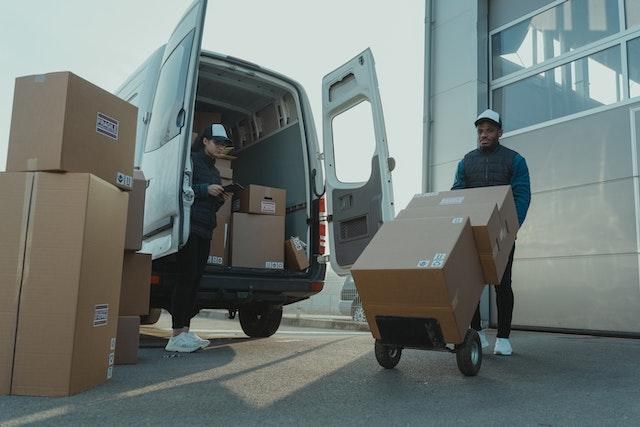
Types of Cargo Insurance
- The types of international cargo insurance include:
- All-risk: It covers almost all types of losses and damage to goods based on the insurance policy terms.
- Named Peril: Only provides coverage for the loss type stated in the policy.
- General Average: Stems from the maritime law of general average, which states that all parties bear the loss incurred to save lives in a maritime emergency.
- Basic insurance: Exclusively covers damage/loss of an entire shipment but not individual packages.
- Comprehensive insurance: Covers loss/damage to individual SKUs.
Cargo Insurance Exclusions
While policies may vary, most cargo insurers have the following exclusions:
- Inherent vice: If the cargo’s nature increases its susceptibility to damage during freight
- Improper packaging
- Unexplained loss/ shortage, especially while cargo is under the insured’s custody, including employees.
- Customs rejection
- Willful misconduct
- Loss of market due to delays or damage
- External factors like natural disasters and warfare
No cargo insurance policy is cast in stone. So, evaluate your insurance needs and consult an experienced freight broker to secure favorable coverage terms from an affordable and trusted insurer.
3. Underestimating Packaging Needs
Goods on internal freight are more susceptible to damage due to frequent handling by different parties. Moreover, damage from poor packaging is among the inclusions in cargo insurance.
Therefore, prioritize packaging material in your shipping costs and purchase ample, high-quality packaging material with shock and impact-resistant properties to protect goods from damage. Used and substandard packaging materials nullify your insurance policy.
Additionally, besides packaging material, the packaging techniques also improve cargo endurance. Lastly, consider palletizing your cargo for added security.
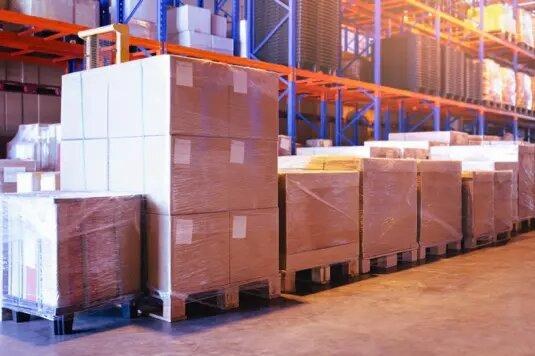
4. Choosing The Wrong Third-Party Logistics (3PL) Partner
3PL companies offer various services to fulfill end-to-end e-commerce solutions, including warehousing services, online freight services, and last-mile delivery. However, partnering with the wrong 3PL in Canada or the target destination will slow delivery and discredit your brand.
Factors to consider when choosing a 3PL include:
- The services they offer; for example, you may need cold storage in customs or hazardous material transportation, yet they cannot facilitate such.
- Experience in global logistics, particularly in the target country. Extended experience means familiarity with customs requirements and a cordial relationship with customs officers.
- Track record in service delivery: You can establish their track record by reading reviews and following up on references. Also, Trustworthy 3PL companies like Shipcarte encourage consumers to get in touch and ask questions before receiving a quote.

5. Being Over-ambitious With Delivery Windows:
You may ace same-day delivery in Canada due to proximity and familiarity with delivery routes. However, custom procedures and other eventualities may cause delays in delivery fulfillment.
For example, Russian customs officers check individual items, lengthening the wait at the entry port. Therefore, research viable timelines for your destination and set a slightly longer delivery window because it’s better to surprise customers with an early delivery rather than disappoint them with delayed packages.
6. Limited Knowledge Of International Shipping Procedures
Partnering with international shipping experts like brokers, 3PLs, freight forwarders, and trade consultants makes things easier. However, such vendors are in business and prioritize their bottom line. Therefore, your ignorance means nobody holds them to account for inefficiencies.
However, adequate knowledge of procedures allows you to ask questions and streamline your operation. While basic knowledge is enough, international shipping requirements change often, so stay informed.
7. Incorrect labeling
Incorrect labels cause delays in order fulfillment because it takes time to track the intended receiver. Such instances erode consumer trust and may also cause damage to time-sensitive deliveries. Therefore, consider implementing automated labeling to avoid such instances.
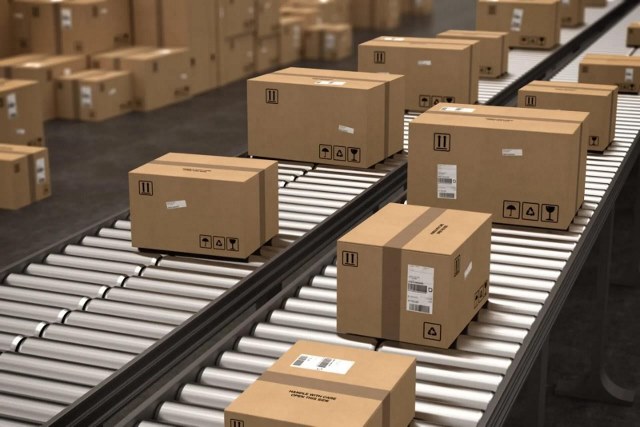
Conclusion
So, how can I make shipping easier? Follow the tips above to navigate online shipping and expand your customer base while avoiding the teething problems that make online shipping a nightmare for the competition.

